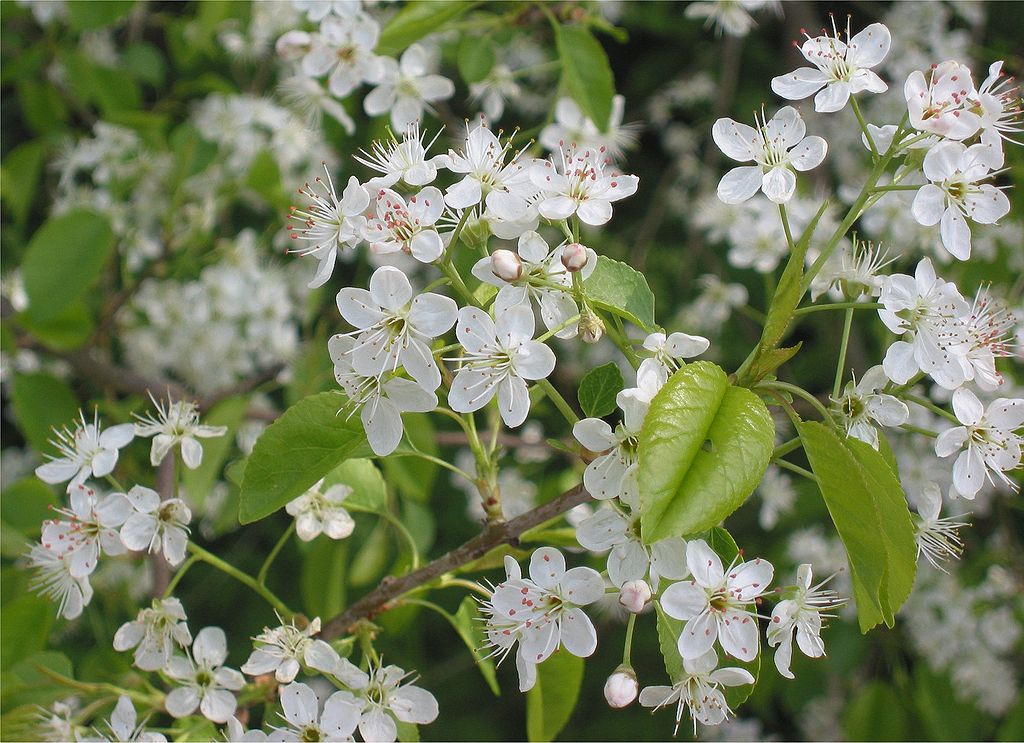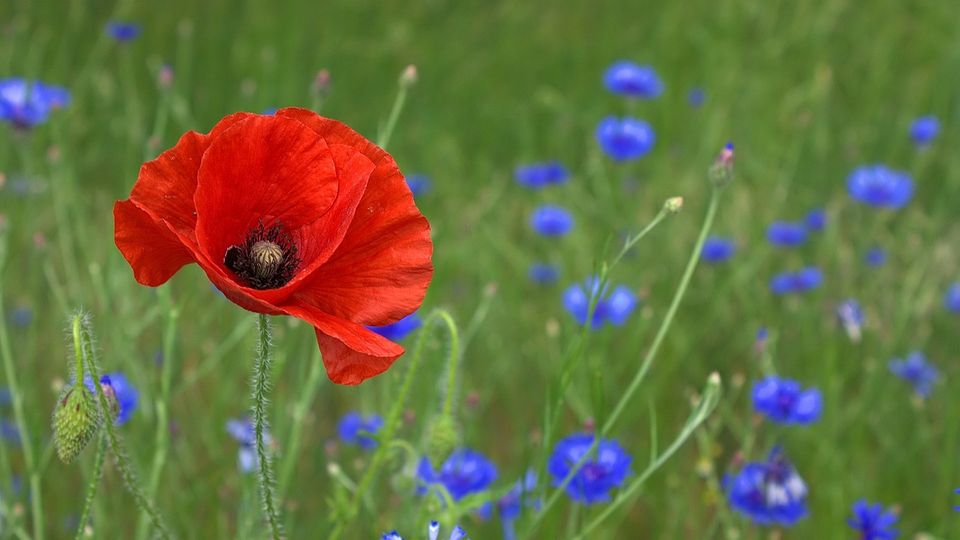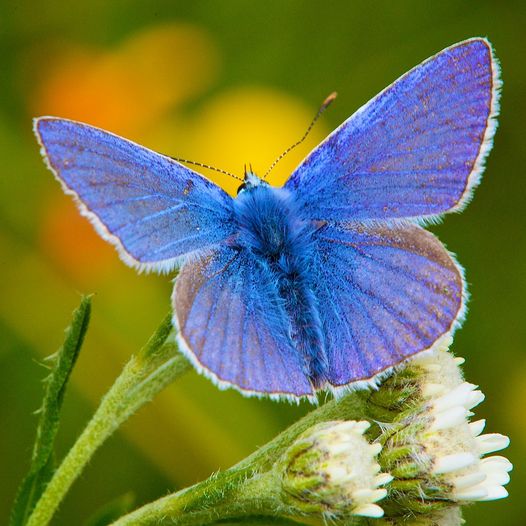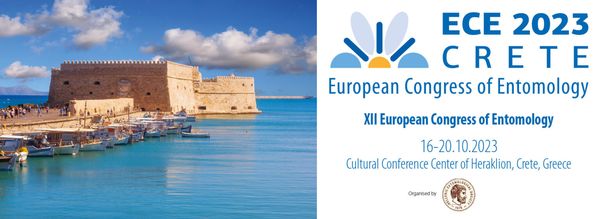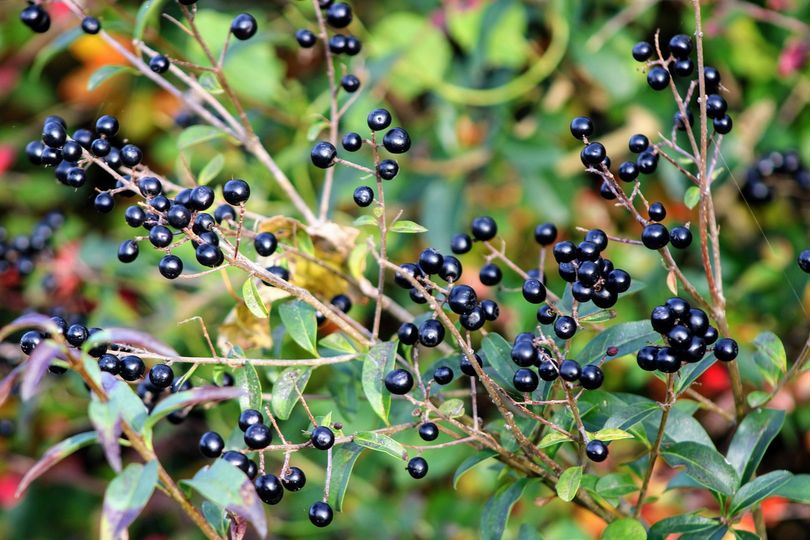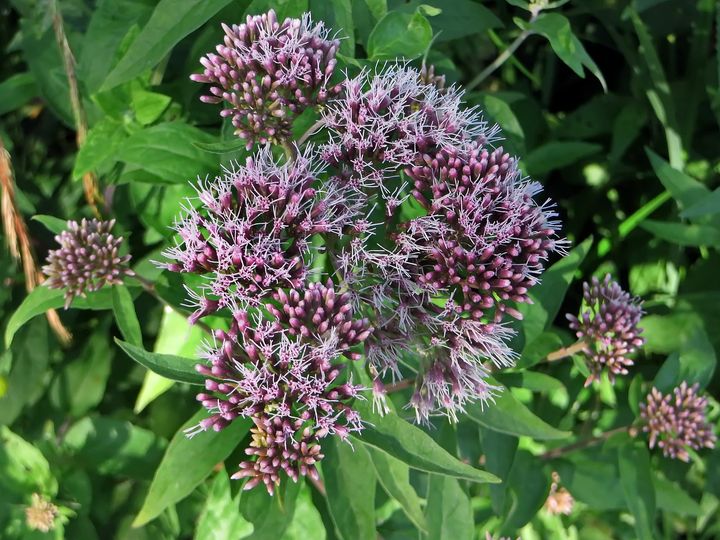Mahaleb cherry Between aromas and perfumes 🌳🌸
lifepollinaction2023-11-28T11:55:20+01:00Mahaleb cherry Between aromas and perfumes Mahaleb cherry, also called St Lucie cherry (Prunus mahaleb) flowers in late April. It is a non-thorny, highly branched shrub that reaches 2 to 5 meters, sometimes even more. The white flowers with 5 petals , very fragrant, are arranged in a corymbose inflorescence and are visited by bees who obtain a fine honey . The pea-sized fruits are first yellow, then red and finally black when ripe. They are very bitter and sour, they are not edible for humans but are sought after by birds. The mahaleb cherry thrives well on arid and [...]


